O&M water supply

In order for water supply technologies to be truly sustainable, an operations and maintenance (O&M) plan must be considered in all stages of development. Addressing the below considerations will determine which water supply technology choice is appropriate for your project. Several different criteria are helpful in creating a sound operations and maintenance course of action that will last for the long-term.
Technical criteria
- Technical standards; quality and longevity of equipment; spare parts needs, costs, availability and accessibility
- Dependence on fuel, power, chemicals; cost of O&M activities; cost of fuel and chemicals
- Complexity of operation and maintenance procedures: necessity of skilled personnel
- Potential for local manufacture, and for standardization
- Use of local materials and equipment
- Dependence on imported parts
- Technical options available on the market
- Water demand
Environmental
- Quality of water source criteria
- Requirements for water treatment
- Necessity for water source protection and wastewater management
Institutional and legal
- Legal framework and national strategy for O&M criteria
- Training capacity and follow-up support
- Availability of technical assistance to the communities
- Capacity of municipalities to dialogue and assist communities
- Involvement of the formal (informal) private sector and NGOs
- Monitoring capacity
- National or local budget allocations for O&M activities
- Availability of financial mechanisms to cover replacement and rehabilitation costs
Community criteria
- Responsibility and ownership feeling
- Desired service level
- Demand for improved service level
- Perception of benefits, culture, habits, beliefs
- Organized and elected community structure to be responsible for O&M
- Managerial capacity
- Gender perspective in O&M activities
- Technical skills available in the community or within reach of the community
- Maintenance culture within the community
- Tariff structure
- Cost-recovery mechanisms to put in place
- Financial management capacity
- Ability and willingness to pay
Operations and maintenance process
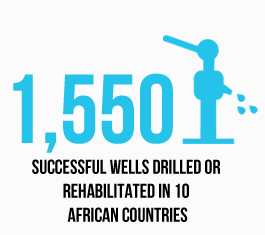
Experience shows that the effectiveness of O&M is determined to a considerable extent by non-technical issues. Therefore, the persons involved in assessing and developing O&M should come from a wide range of disciplines—social development, economics, health, management, and engineering. It is important that all of them should function in partnership with the operators and users of the relevant services.
Rehabilitation of defective schemes is an economic alternative to investing in a new project, but that decision should not be made lightly. The rehabilitation option has to be evaluated, as one would a new scheme, by taking into consideration the community’s needs, preferences and capacities to sustain whatever is undertaken, as well as the support potential of the water agency. In assessing the scope for rehabilitation, community members and the agency should review the reasons for which the system needs to be rehabilitated, by means of problem analysis, and carefully examine various feasible technologies.
Furthermore, rehabilitation should not simply be a matter of replacing defective equipment or repairing damaged infrastructure because the most common cause of failure is organizational. Finally, a word of caution: the community might in some cases get the feeling that O&M does not concern them—believing that when the system is out of order someone will come and put it right!
If a risk analysis is carried out for each water supply option, then an attempt can be made to anticipate factors which may change and affect O&M. This will not be easy, especially in unstable economies, e.g. with high inflation rates and restrictions on imports, where equipment and spare parts are not easily available. However, a comparison of technologies can indicate the degree of risk attached to each option.
A sampling of issues affecting the choice of O&M management models
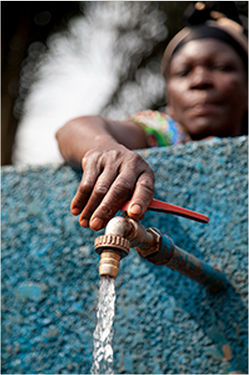
The choice of an O&M management model is influenced by several key issues: capacity of traditional community organizations; key community skills; health education and community participation; gender-balanced development; complexity of technology; availability of spare parts; standardization and local manufacture of equipment; requirements shared with other sectors; capacity of the private sector; cost recovery mechanisms; ability and willingness to pay; national and regional economies; logistics and transportation; government leadership; strength of government agencies and staff; regional autonomy; policies and legislation; communication and information sharing.
Capacity of traditional community organizations
The community is a focal point in the management of rural WSS (water supply and sanitation) systems because it has a vested interest in efficient operation and maintenance. By their very nature, communities are structured to provide leadership, conduct social and religious activities, and attend to legal, property, and economic matters affecting their members. The control of traditional water supply sources and waste disposal sites is part of this structure, since all communities have some type of WSS facilities, however primitive these might be.
Key community skills
Among the key community skills that must be considered in assessing local management capacities are leadership, accounting, and mechanical aptitude. Leadership is required to organize, motivate, and educate the community. Many decisions require a consensus after the issues and alternatives have been clearly explained. For example, the siting of a well or standpipe could be controversial, since one location will be more convenient to some users only. The level of service and fee structures are questions that deserve wide discussion. Many water supply and sanitation (WSS) projects rely upon community participation for the construction of facilities. To marshal this work force requires leadership skills. Often communities can draw on their experience in sectors unrelated to WSS, such as building a school.
Gender-balanced development
Women are primarily responsible for obtaining and using water, but generally have not been given much say in decision-making. The result has been facility designs and management structures that hamper effective use. A gender balance of roles and responsibilities between men and women is therefore important in the design, construction, management, and utilization of WSS systems.
Complexity of technology
Technologies for rural or periurban water systems range from capped springs that feed gravity distribution systems, to deep wells equipped with electric pumps and a distribution system consisting of a storage tank and pipelines, to household connections. Sanitation systems in rural or periurban areas range from simple latrines to flush toilets with cesspools. Many of these technologies have been in use for decades with only minor changes. However, research has produced many new improvements adapted to the needs of developing countries. For example, handpumps are now designed to be more robust and easier to repair. Drilling rigs for shallow wells have been reduced in size and cost. Pumping systems relying on wind and solar energy have been developed. Low-cost latrines that are sanitary and well ventilated are now easily available.
| To read about other issues in greater detail (the above listed criteria): Towards sustainable O&M |
Field experiences
The following projects utilize operation and maintenance methods with water systems.
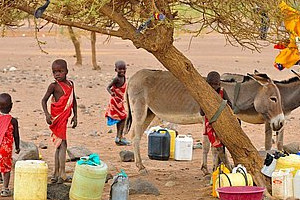 Scale up of Sustainable Water Access |
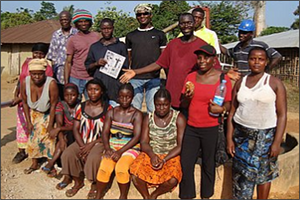 Malima Well Restoration |
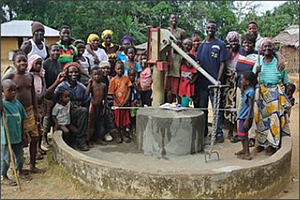 Senjeh Well Restoration |
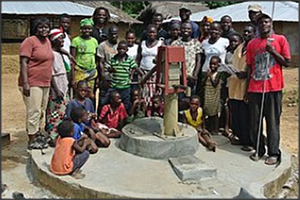 Gboto Well Restoration |
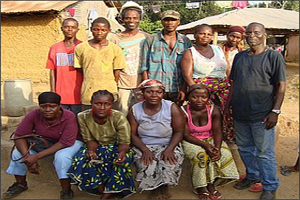 Behsee Town Well Restoration | ||
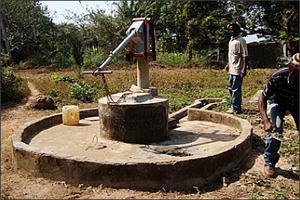 Lebeh Well Restoration |
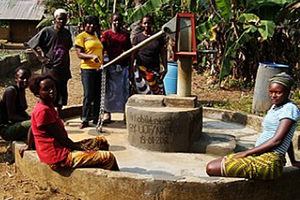 James Town Well Restoration |
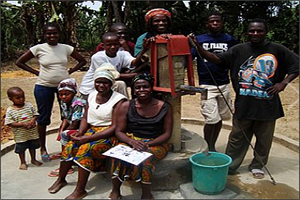 Pifley Town Well Restoration |
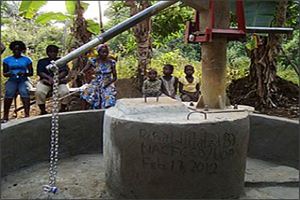 Tomah Town Well Restoration |
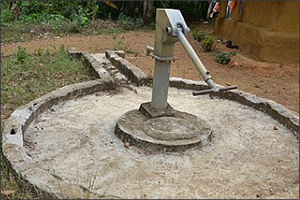 Billy Town Well Restoration | ||
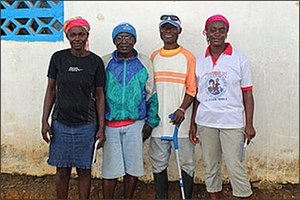 Accelerating Sanitation and Water for All 1 |
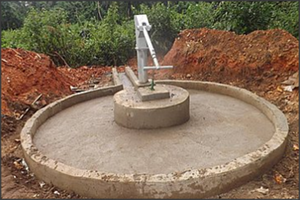 Integrated Community Water and Hygiene |
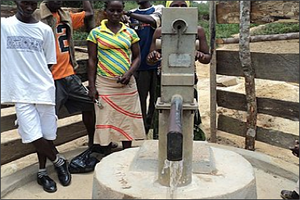 Health & WASH BHP Billiton Work Area 1 |
